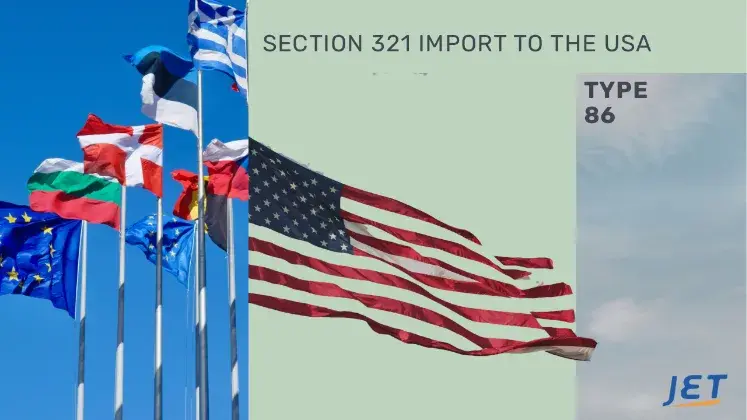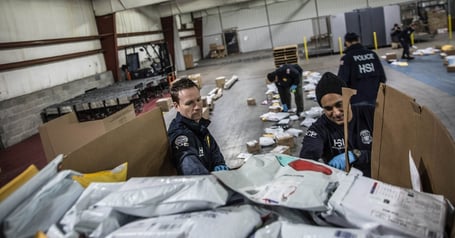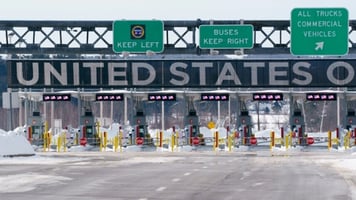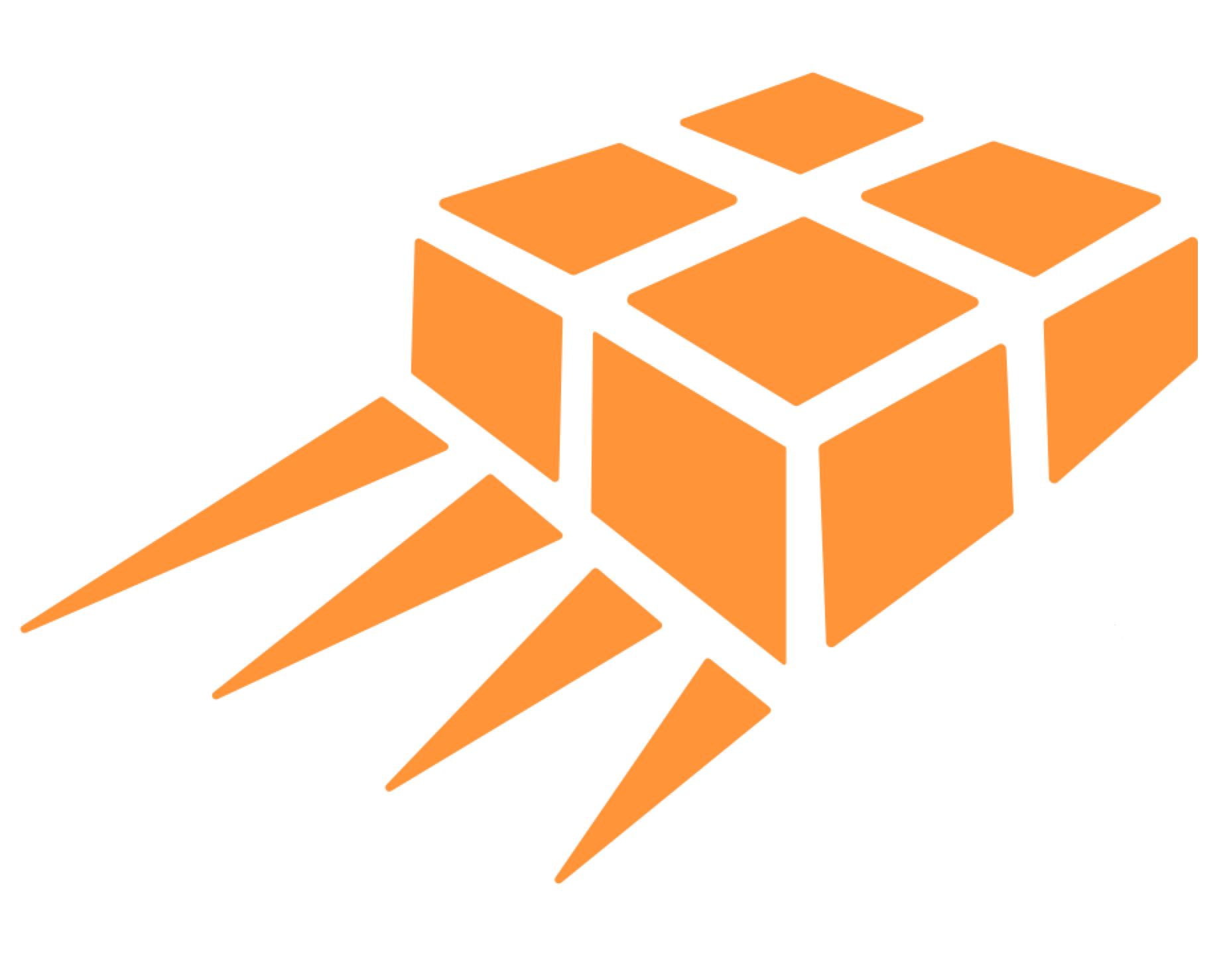
E-commerce parcel clearance to the USA after Section 321
E-commerce cross border sales to the USA are driving demand for high volume parcel import solutions. The regulations for clearing parcels are outlined primarily in the Express Consignment regulations (Part 128 of the Code of Federal Regulations), and the actual practice of clearance possibilities vary according to the port of entry.
Port practice refers to local customs interpretation of federal regulations.The various interpretations can lead to significant differences in the ability to process high volume parcel imports.
Cross border e-commerce shippers must ensure their clearance processes (1) pass regulatory oversight and (2) can be built to handle exponential growth. Jet Worldwide can help learn and implement the best practices to allow for efficient duty free importation of e-commerce parcels to the USA.

2025 update: Section 321 has been eliminated. Contact our team to build durable alternatives.
Disclaimer: The information in Jet Worldwide online content, including this post, is for general information only
1. The Advantage of Postal Clearance to the USA

Clearance via the USPS / US Postal Service has traditionally been simpler versus commercial clearance but can only be accessed by using the postal system from country of origin.
The only way to access the advantage is to send via the post office from origin (“from the first mail to the last mile”).
Parcel post / ePacket clearance to the USA can experience significant clearance delays - especially during peak holiday periods. The integrity of goods imported via postal streams have been called into question with multiple seizures of illicit goods and security concerns
2. Express clearance versus Cargo Clearance
Express ClearanceThe majority of non postal e-commerce parcels destined to the USA are cleared through the express facilities of UPS, FedEx and DHL There are also express facilities that are independent of any carrier located in major gateway cities.
Express clearance of parcels are regulated under specific customs regulations (Part 128 of the Federal Code of Regulations).
Cargo - non express - clearance (CFS)
Cargo facilities that can manage such clearances are often referred to as “Container Freight Stations/ CFS.”
Clearance of items above $800 USA
E-commerce shippers are well aware of the relative ease to clear shipments below $800 but should also build processes for higher value shipments.
What is Section 321?
US Customs allows most individual orders valued under $800 USD to be entered and cleared duty free into the USA. This entry type is known as a Section 321 Informal Entry.
Cross border e-commerce shipments are increasingly transitioning to ocean shipments. Using Section 321 type 86 entries, e-commerce merchants can clear e-commerce orders shipped via individual parcels via ocean freight.
Shipping to the USA via Canada
The Canadian USA border is great access point for shipping online orders to the USA. Contact Jet's Canadian logistics team for details.

4.Data flow and pre-notification requirements
No matter the method of commercial clearance, all shipment details must be received electronically by customs prior prior to arrival in the United States. This manifest requirement - which was mandated primarily for security concerns - also forms the basis of the submission to customs for clearance. All e-commerce shippers must have the capability to provide accurate data on a timely basis.
5. Ensure the scaleability of your clearance solution
Many entrepreneurial solutions will continue to be developed that push local and federal regulations - which themselves are evolving to meet the explosive demand of cross border e-commerce. It is important that e-commerce companies ensure that proposed clearance solutions will pass regulatory muster and safely scale up without delays or surprises.








